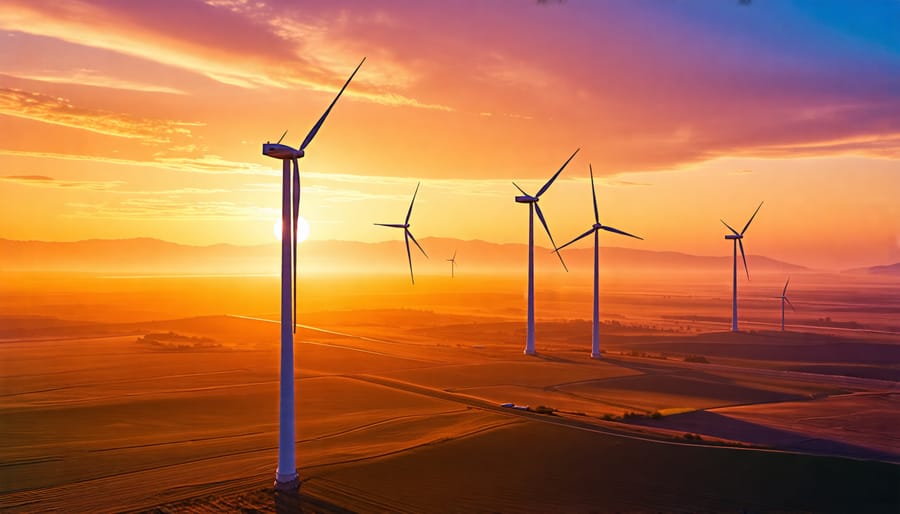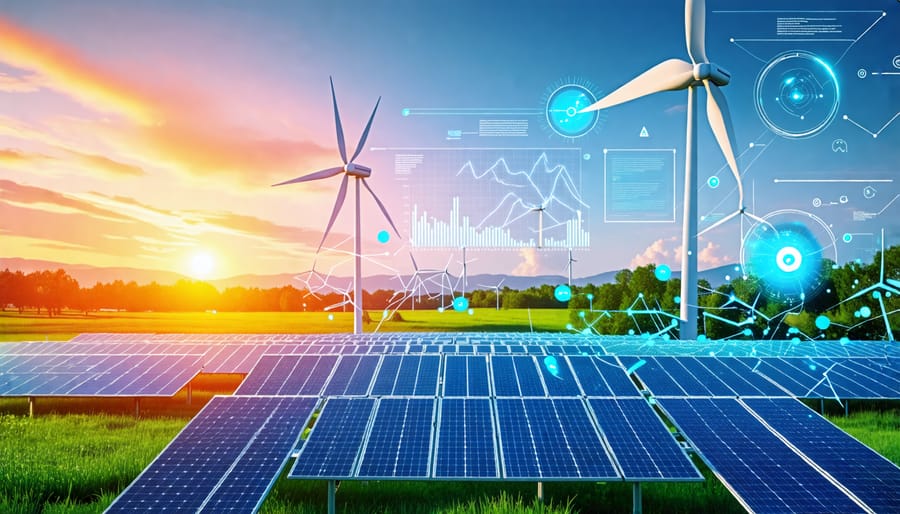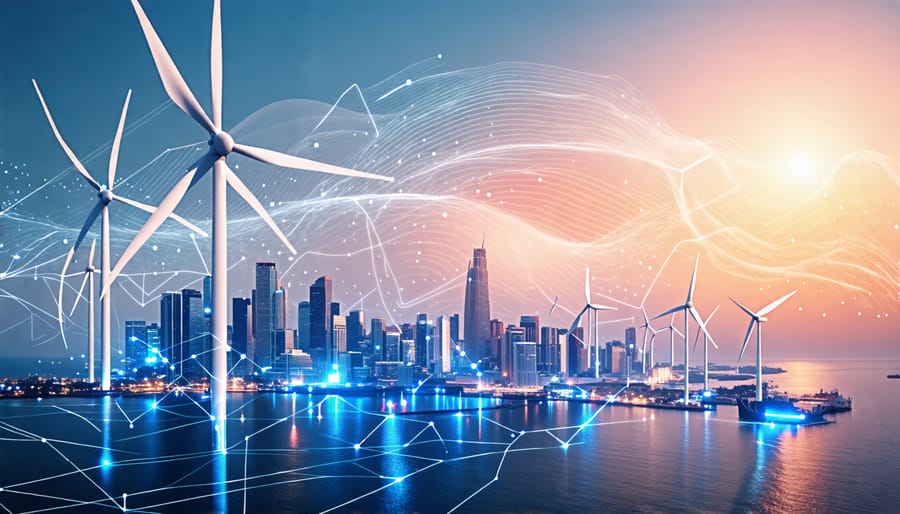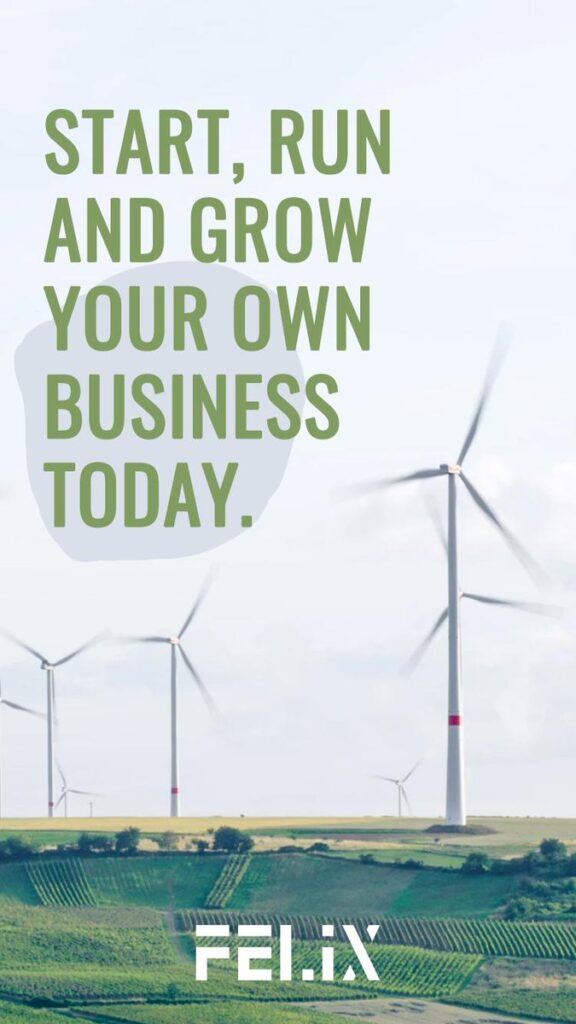Harness the power of the wind as humanity looks towards a cleaner, greener future. Wind energy, once a niche player in the renewable energy landscape, is now soaring to new heights and emerging as a key solution in our fight against climate change. With technological advancements driving down costs and increasing efficiency, wind power is poised to reshape the global energy mix in the coming decades.
Already, wind turbines dot horizons from the rolling hills of Europe to the vast plains of America, their spinning blades generating electrons that power our homes, businesses, and electric vehicles. As global capacity continues to grow at an unprecedented rate, the question is no longer if wind will play a major role in our energy future, but rather how far this technology can take us in our quest for a sustainable, low-carbon world.
The future of wind energy is bright and breezy – a beacon of hope illuminating the path towards a cleaner, more resilient planet. In the coming years, expect to see wind turbines reaching new heights, harnessing stronger winds, and working in tandem with other renewables and energy storage to provide reliable, around-the-clock clean power. The wind revolution is upon us, and it’s time to embrace the gale-force of change.
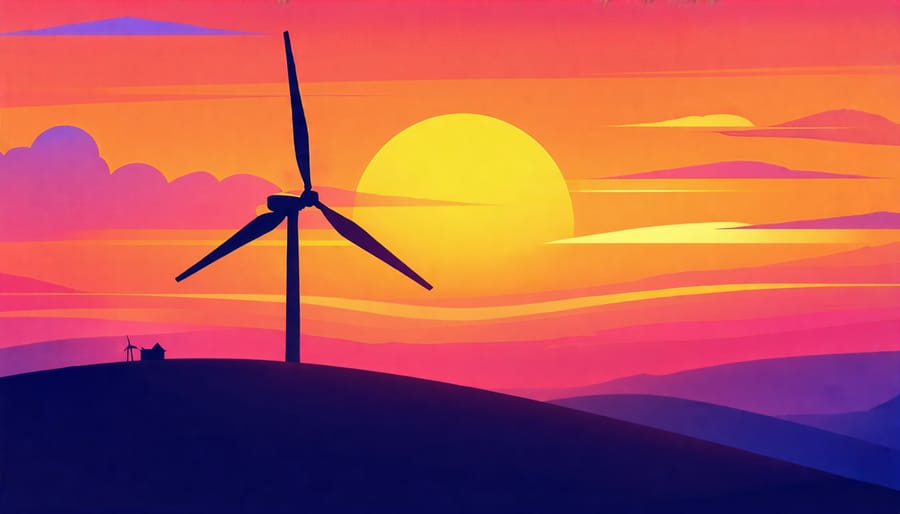
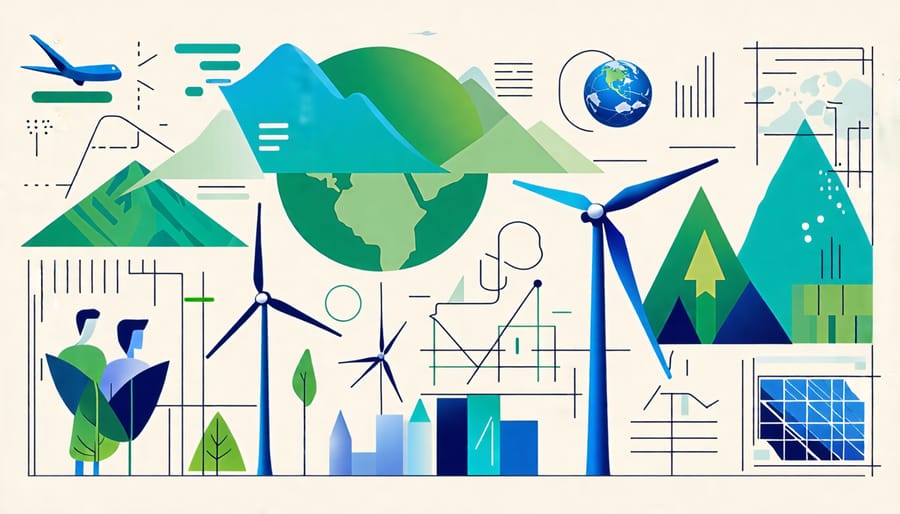
Advantages Propelling Wind’s Momentum
Plummeting Costs
Over the past decade, wind energy has experienced a remarkable transformation, with technological advancements and increased deployment driving down costs dramatically. Larger, more efficient turbines, improved manufacturing processes, and economies of scale have made wind power one of the cheapest energy sources available today. In many regions, wind energy is now cost-competitive with fossil fuels, even without subsidies. This plummeting cost trend is expected to continue as the industry matures and innovations in materials, design, and grid integration are developed. The falling prices of wind energy have been a major driver of its rapid growth, making it an increasingly attractive option for utilities, businesses, and governments seeking to reduce their carbon footprint and transition to clean energy sources. As costs continue to drop, wind power is poised to play an even more significant role in the global energy mix, offering a sustainable and economically viable solution to our energy needs.
A Breath of Fresh Air
Wind energy plays a vital role in the fight against climate change and air pollution. As a clean, renewable source of electricity, wind power helps reduce greenhouse gas emissions and other harmful pollutants associated with fossil fuel combustion. By displacing coal, oil, and natural gas in the energy mix, wind turbines contribute to improved air quality and public health outcomes. Studies have shown that increased wind energy deployment can lead to significant reductions in carbon dioxide, sulfur dioxide, and nitrogen oxides – key contributors to global warming and respiratory issues. Moreover, wind’s water conservation benefits further underscore its environmental advantages over traditional power plants that consume vast amounts of water for cooling. As the world grapples with the urgent need to decarbonize electricity production, wind energy emerges as a crucial tool in mitigating the devastating impacts of climate change. With continued technological advancements and supportive policies, the expansion of wind power can help create a cleaner, healthier future for generations to come.
Homegrown Power
Wind energy offers a homegrown solution for countries and communities seeking energy security and independence. By harnessing the power of local wind resources, regions can reduce their reliance on imported fossil fuels and mitigate the impact of global energy market fluctuations. Investing in wind power creates jobs, stimulates economic growth, and keeps energy dollars circulating within local economies. As wind technology advances and becomes more cost-competitive, it empowers communities to take control of their energy futures. Distributed wind systems, such as small-scale turbines, can provide clean electricity directly to homes, farms, and businesses, enhancing energy resilience and self-sufficiency. Moreover, the decentralized nature of wind power makes it less vulnerable to large-scale disruptions, ensuring a more stable and secure energy supply. As countries and communities embrace the potential of wind energy, they are not only contributing to a cleaner environment but also cultivating a more self-reliant and sustainable energy landscape.
Overcoming the Remaining Obstacles
Variability and Storage
One of the key challenges facing wind energy is its variability, as wind speeds fluctuate throughout the day and across seasons. However, advancements in forecasting techniques, such as machine learning algorithms and high-resolution weather models, are enabling more accurate predictions of wind power output. This allows grid operators to better integrate wind energy into the power mix, ensuring a stable and reliable electricity supply.
Improved grid integration technologies, such as advanced power electronics and smart grid systems, are also helping to manage wind’s intermittency. These technologies enable real-time monitoring and control of wind farms, allowing operators to quickly respond to changes in wind speed and optimize power output. Additionally, the development of high-capacity transmission lines is facilitating the efficient transportation of wind energy from remote generation sites to population centers.
Energy storage solutions, such as pumped hydro, compressed air, and advanced batteries, are becoming increasingly important for balancing wind’s variability. By storing excess wind energy during periods of high production and releasing it when demand peaks, these technologies help to ensure a consistent and reliable power supply. Innovative storage methods, such as using wind energy to produce green hydrogen, are also being explored as long-term solutions for managing wind’s intermittency.
As forecasting, grid integration, and storage technologies continue to advance, the future of wind energy looks promising. These developments are not only helping to overcome the challenges posed by wind’s variability but also paving the way for a more flexible, resilient, and sustainable energy system that can accommodate an increasing share of renewable power.
Environmental Concerns
Wind energy developers and conservation organizations are working together to minimize the impact on birds, bats, and other wildlife. Research is ongoing to better understand migration patterns and habitat usage, allowing for more strategic turbine placement. Innovative solutions like radar detection systems and ultrasonic deterrents are being implemented to reduce collisions. Wind farm operators are also employing trained biologists to monitor wildlife activity and adjust operations as needed.
Efforts to protect wildlife extend beyond the turbines themselves. Developers are increasingly prioritizing the preservation of natural habitats during site selection and construction. By collaborating with environmental experts, the industry is finding ways to coexist with local ecosystems. As technology advances, so too does our ability to harness wind power while safeguarding the creatures that share our skies. The future of wind energy is not just about clean power, but also about responsible stewardship of our planet’s biodiversity.
NIMBY Attitudes
Addressing NIMBY attitudes is crucial for the future of wind energy. Effective strategies include early and transparent community engagement, where developers listen to local concerns and involve residents in the planning process. Educating communities about the benefits of wind power, such as job creation, tax revenue, and reduced emissions, can help build support. Offering financial incentives, like community ownership shares or reduced electricity rates, can also increase local buy-in. Careful site selection that minimizes visual and noise impacts, along with respect for local ecosystems and wildlife, demonstrates a commitment to responsible development. By working collaboratively with communities, the wind industry can overcome NIMBY opposition and pave the way for wider adoption of this clean energy source. Successful examples, such as the Isle of Gigha in Scotland, where a community-owned wind farm has revitalized the local economy, serve as inspiring models for overcoming NIMBY attitudes and realizing the potential of wind power.
The Soaring Potential Ahead
Scaling Up Offshore
As the world seeks clean energy solutions, offshore wind is emerging as a frontrunner with immense untapped potential. Offshore wind farms can harness the stronger and more consistent winds found over the open ocean, enabling them to generate vast amounts of clean electricity. Countries around the globe are recognizing this potential and embarking on ambitious offshore wind projects to accelerate their transition to renewable energy.
In Europe, the United Kingdom is leading the charge with the world’s largest offshore wind market. The British government has set a target of 50 GW of offshore wind capacity by 2030, which would be sufficient to power every home in the country. Denmark, another pioneer in offshore wind, is home to the world’s first offshore wind farm and continues to push the boundaries with larger, more efficient turbines.
The United States is also making significant strides in offshore wind development. The Biden administration has set a goal of deploying 30 GW of offshore wind by 2030, which could create thousands of jobs and power millions of homes. Projects like the Vineyard Wind 1 off the coast of Massachusetts and the Empire Wind off the coast of New York are paving the way for a thriving offshore wind industry in the U.S.
In Asia, China has emerged as a major player in offshore wind, with plans to install 60 GW of capacity by 2030. The country’s first large-scale offshore wind farm, the Jiangsu Rudong project, demonstrates China’s commitment to this clean energy source. Other Asian countries, such as Japan, South Korea, and Taiwan, are also investing heavily in offshore wind to reduce their reliance on fossil fuels and combat climate change.
As technology advances and costs continue to fall, the future of offshore wind looks brighter than ever. With its vast potential and the growing global commitment to clean energy, offshore wind is poised to play a crucial role in powering a sustainable future.
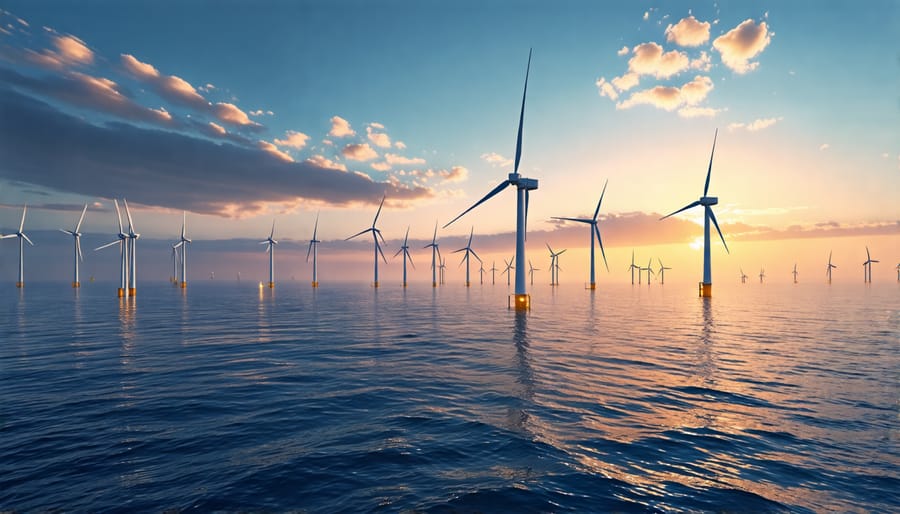
Powering the Energy Transition
Wind energy is poised to play a pivotal role in the global transition to a clean, sustainable future. As countries worldwide strive to reduce greenhouse gas emissions and combat climate change, wind power offers a proven, scalable solution for decarbonizing electricity generation. Beyond the power sector, wind energy is also set to facilitate the shift to green hydrogen production, which can help decarbonize hard-to-abate sectors like industry, heating, and heavy transport. With ongoing technological advancements and falling costs, wind power is becoming increasingly competitive and attractive for investors and policymakers alike. As more nations commit to ambitious net-zero emissions targets, the demand for wind energy is expected to soar, driving rapid deployment and spurring job creation in the green economy. By harnessing the immense potential of wind, humanity can take a significant step towards a resilient, low-carbon future that safeguards the planet for generations to come.

